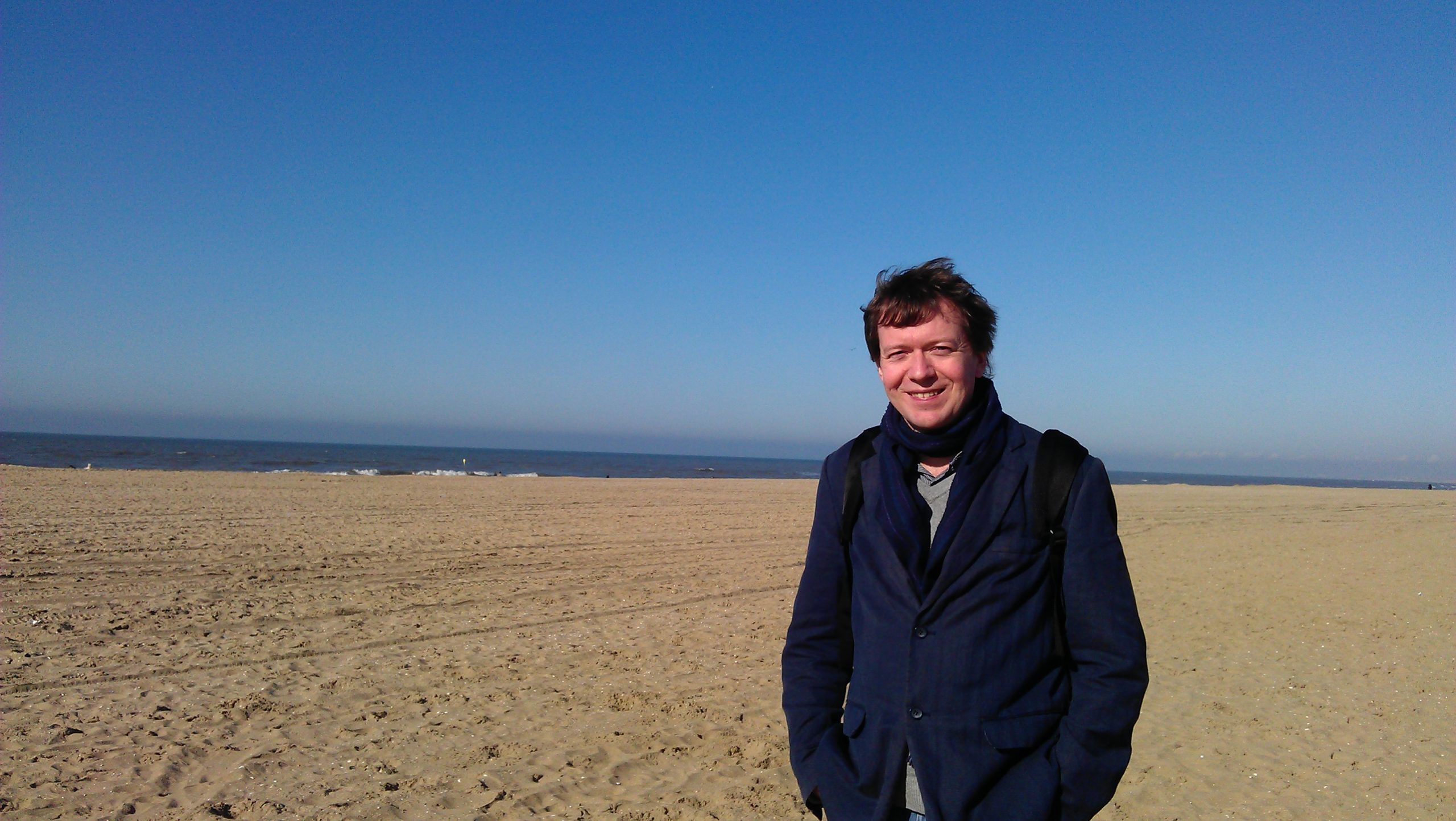
East Finchley tube station is a station worth lingering at for a few minutes, instead of bolting out of it the instant you have stepped off a train there.
The station building is wonderful.
Standing on the platform is like stepping back in time to the 1930s.
Designed by Charles Holden, one of the country’s leading architects of the period, one of the station’s most striking features are the two semi-circular towers on opposite platforms, joined by a bridge over the railway track, like glass goalposts and a brick crossbar.
According to the Royal Institute of British Architects, that design is an echo of Walter Gropius’ model factory at the 1914 Werkbund Exhibition.
Another superb feature is the art deco statue of an archer by sculptor Eric Aumonier.
The statue exudes a tremendous blend of poise and power.
It has a boldness that you would associate with New York’s art deco splendours in the streets of Manhattan rather than with this relatively quiet London suburb. But it fits the station and its environment perfectly.
What has drawn me to East Finchley is the chance to see a film at the Phoenix, one of London’s best-loved cinemas.
The Phoenix was built in 1910 as a single-screen cinema.
It is just a few minutes walk north from the station along the High Road.
On the way I spot a tv celebrity – Huw Edwards, the BBC newsreader whose warm Welsh accent is so soothing and reassuring. He is walking along the High Road with a companion.
Both their faces are taut and grim, as if they have had an argument and have not yet made up.
But when I watch the evening news later that night, I realise that that severe facial expression is actually his normal one.
The Phoenix cinema has a sleek and uncluttered modernist exterior enlivened by the bold splash of orange colour provided by the phoenix plaque in the postage stamp corner of the building.
Inside, there is a nicely jumbled up lobby and an upstairs café bar area with some interesting artwork on the wall at the top of the stairs.
I am pleasantly surprised to see Scottish Deuchars IPA on the beer list. I order a pint and quaff it while waiting for the 5.30 p.m. screening of today’s film, Anna Karenina.
The cinema auditorium is fabulous.
Its 1910 barrel-vaulted ceiling, wonderful art deco wall panels from 1938, and the bronze and red colour scheme give the place a cosy opulence that is quite stunning.
The curved backs of the seats give a pleasing sensation of waves at sea rippling from the back of the auditorium down towards the screen.
If you judge it only from the official trailer, you might assume that this version of ‘Anna Karenina’, directed by Joe Wright and adapted from Tolstoy by Sir Tom Stoppard, is little more than a pompous costume drama.
But I’m glad I didn’t let the trailer put me off, because the film turns out to be riveting.
The cast are clearly revelling in the period splendour, but there is plenty humour bubbling away under the surface.
A playfulness in the acting provides a surprising but effective counterbalance to the heavy tragedy that steadily unfolds.
Previously I haven’t been a huge fan of Keira Knightley, but in this film she is terrific.
As Anna Karenina, she embodies dashing enthusiasm and fragile vulnerability in equal measure.
Visually the film is gorgeous to look at, with its opulent sets and costumes, beautifully lit and filmed.
One of the most striking scenes in ‘Anna Karenina’ is the one in the theatre when time seems to stand still as the entire audience turn their judgemental eyes onto Anna. Without any superfluous dialogue or other signals to the audience, at that moment you know that Anna is doomed.
The Phoenix is the perfect cinema to watch this film in.
The glorious auditorium mirrors the feel of the splendour unfolding on screen.
Watching ‘Anna Karenina’ in this superb cinema has been a wonderful experience.
It’s good to have seen the captivating 1930s design of East Finchley station in daylight when I arrived here earlier today, as well as seeing it after dark when I leave.
Illuminated in the mid-evening darkness, the station looks even more like a magical 1930s alternate universe than it had done earlier in the afternoon daylight.
Related Post: ‘Vita & Virginia’, Dundee Contemporary Arts (DCA)